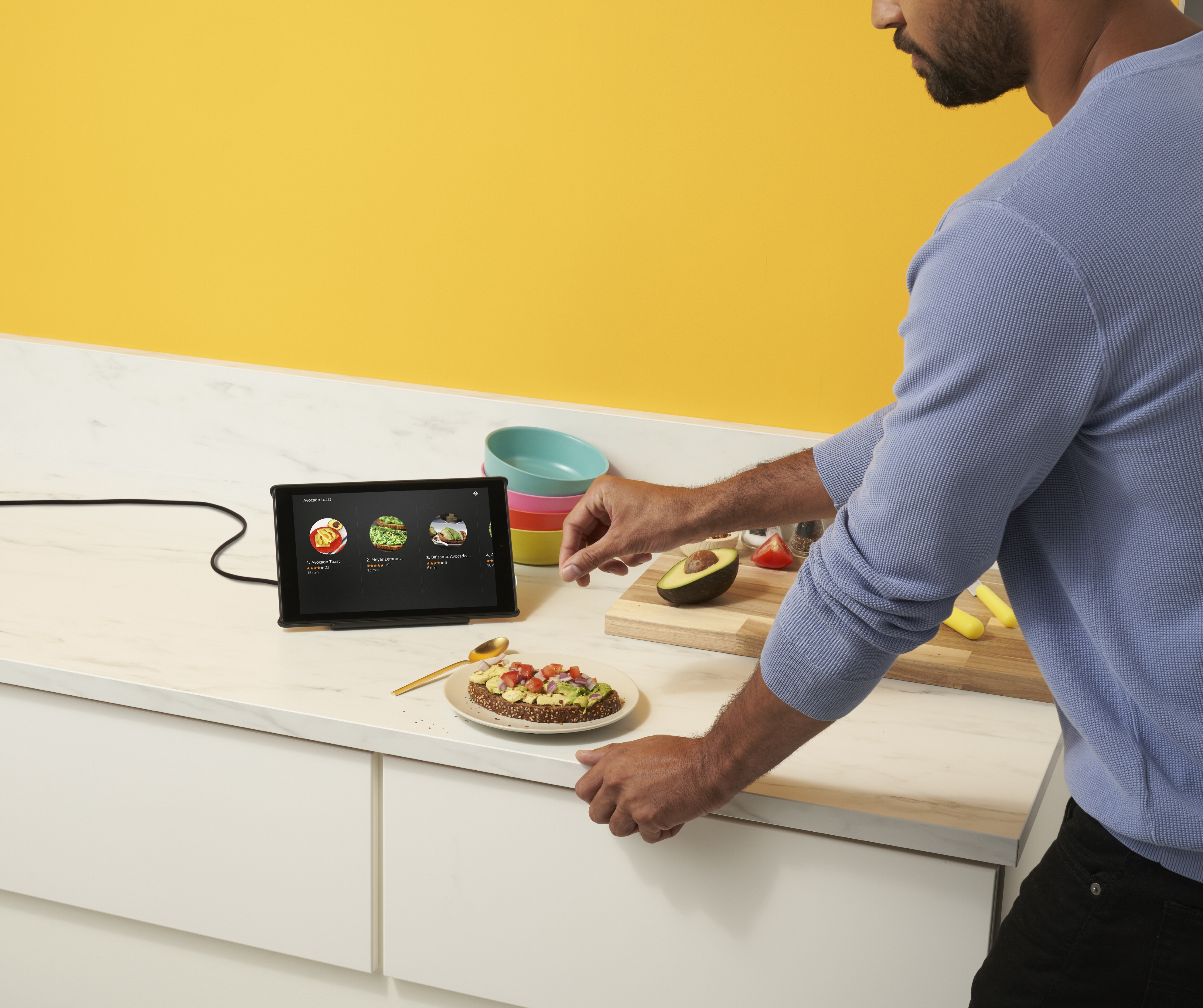This week, both Microsoft and Google made moves to woo Hollywood to their cloud computing platforms in the latest act of the unfolding drama over who will win the multi-billion dollar business of the entertainment industry as it moves to the cloud.
Google raised the curtain with a splashy announcement that they’d be setting up their fifth cloud region in the U.S. in Los Angeles. Keeping the focus squarely on tools for artists and designers the company talked up its tools like Zync Render, which Google acquired back in 2014, and Anvato, a video streaming and monetization platform it acquired in 2016.
While Google just launched its LA hub, Microsoft has operated a cloud region in Southern California for a while, and started wooing Hollywood last year at the National Association of Broadcasters conference, according to Tad Brockway, a general manager for Azure’s storage and media business.
Now Microsoft has responded with a play of its own, partnering with the provider of a suite of hosted graphic design and animation software tools called Nimble Collective.
Founded by a former Pixar and DreamWorks animator, Rex Grignon, Nimble launched in 2014 and has raised just under $10 million from investors including the UCLA VC Fund and New Enterprise Associates, according to Crunchbase.
“Microsoft is committed to helping content creators achieve more using the cloud with a partner-focused approach to this industries transformation,” said Tad Brockway, General Manager, Azure Storage, Media and Edge at Microsoft, in a statement. “We’re excited to work with innovators like Nimble Collective to help them transform how animated content is produced, managed and delivered.”
There’s a lot at stake for Microsoft, Google and Amazon as entertainment companies look to migrate to managed computing services. Tech firms like IBM have been pitching the advantages of cloud computing for Hollywood since 2010, but it’s only recently that companies have begun courting the entertainment industry in earnest.
While leaders like Netflix migrated to cloud services in 2012 and 21st Century Fox worked with HP to get its infrastructure on cloud computing, other companies have lagged. Now companies like Microsoft, Google, and Amazon are competing for their business as more companies wake up to the pressures and demands for more flexible technology architectures.
As broadcasters face more demanding consumers, fragmented audiences, and greater time pressures to produce and distribute more content more quickly, cloud architectures for technology infrastructure can provide a solution, tech vendors argue.
Stepping into the breach, cloud computing and technology service providers like Google, Amazon, and Microsoft are trying to buy up startups servicing the entertainment market specifically, or lock in vendors like Nimble through exclusive partnerships that they can leverage to win new customers. For instance, Microsoft bought Avere Systems in January, and Google picked up Anvato in 2016 to woo entertainment companies.
The result should be lower cost tools for a broader swath of the market, and promote more cross-pollination across different geographies, according to Grignon, Nimble’s chief executive.
“That worldwide reach is very important,” Grignon said. “In media and entertainment there are lots of isolated studios around the world. We afford this pathway between the studio in LA and the studio in Bangalore. We open these doorways.”
There are other, more obvious advantages as well. Streaming — exemplified by the relationship between Amazon and Netflix is well understood — but the possibility to bring costs down by moving to cloud architectures holds several other distribution advantages as well as simplifying processes across pre- and post-production, insiders said.

from Amazon – TechCrunch https://techcrunch.com/2018/06/28/big-tech-companies-are-looking-at-hollywood-as-the-next-stage-in-their-play-for-the-cloud/

 The retailer says people can start up their Amazon delivery businesses with as little as $10,000. Military vets can get that 10K reimbursed, as Amazon is investing a million into a program that funds their startup costs.
The retailer says people can start up their Amazon delivery businesses with as little as $10,000. Military vets can get that 10K reimbursed, as Amazon is investing a million into a program that funds their startup costs.





